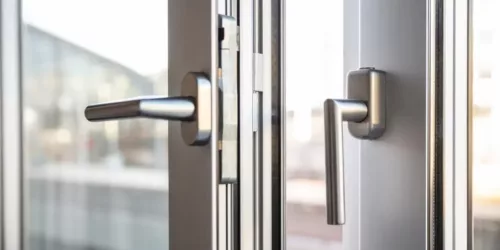Guide to Aluminium Windows and Doors
- Aluminium products that last around 40 years
- Eco-friendly and 100% recyclable
- Average prices for both windows and doors
As modern, popular material, aluminium is a firm favourite of British households for external openings. Unlike other materials, like wood and uPVC, the metal has appeal based on its colour, versatility and lifespan. Aluminium windows and doors are meant to last around 40 years, but can easily extend beyond this. Compared to uPVC, which needs to be replaced after 20 years, this gives you more value.
This article will guide you through the different options available for aluminium windows and doors. From the styles you can purchase to how they compare to other materials, it will all be included here. It will also look at the advantages and disadvantages so you can make an informed decision about which option would work best for you.
Interested in aluminium products already? Why not fill in our quote comparison tool? It only takes a minute, and you’ll be put in touch with local installers with tailored prices.
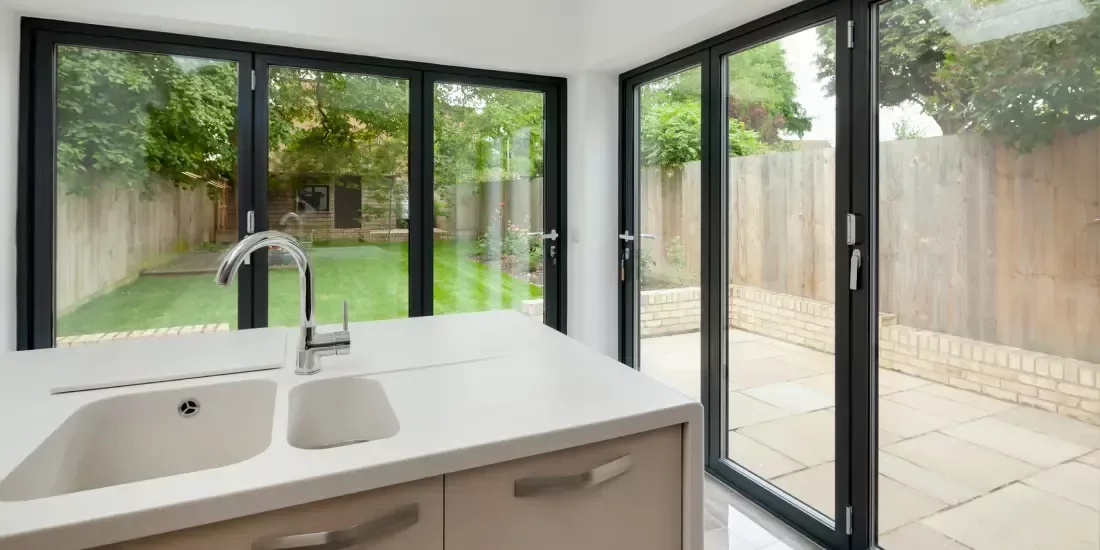
What's On This Page?
Click the links below and head straight to a specific section of the article.
What Styles of Aluminium Windows and Doors Are There?
Having gained popularity in the 1940s, using metal for external openings has never been more attractive. Able to cater to modern tastes, slimline aluminium windows, for example, bring your property into the 21st century, but thanks to different styles available, any home can benefit.
Aluminium windows and doors come in the following styles:
Casement
Sash
Sliding
Panoramic
Tilt and turn
Bifold
French doors
Tilt and slide
Hinged
For an overview of window types, see our accompanying guide on aluminium window costs.
Aluminium Doors
Bifolds
Aluminium windows and doors can come as bifolds. These open in a concertina style motion and give you floor to ceiling glazing in a more compact frame than other materials. There is usually a principal door as well to save opening the whole stretch every time. Using bifolds helps bring in more natural light.
French Doors
The classic option comes in aluminium, which offers a slimmer, lighter alternative to other materials. uPVC can be quite cumbersome and takes up more space. Pairing aluminium windows and doors helps match your property and elevate it.
Tilt and Slide
Similar to tilt and turn windows, these doors can be opened on a hinge inwards or slid across like patio doors. Matching tilt and slide and tilt and turn aluminium windows and doors can make your property feel more aesthetically connected.
Hinged
The typical door opening that has been used throughout the ages, this option is perfect for front and back doors. You can even add glazed panels in various designs to maintain privacy whilst presenting a wow factor. Hinged and casement aluminium windows and doors are a similar pairing.
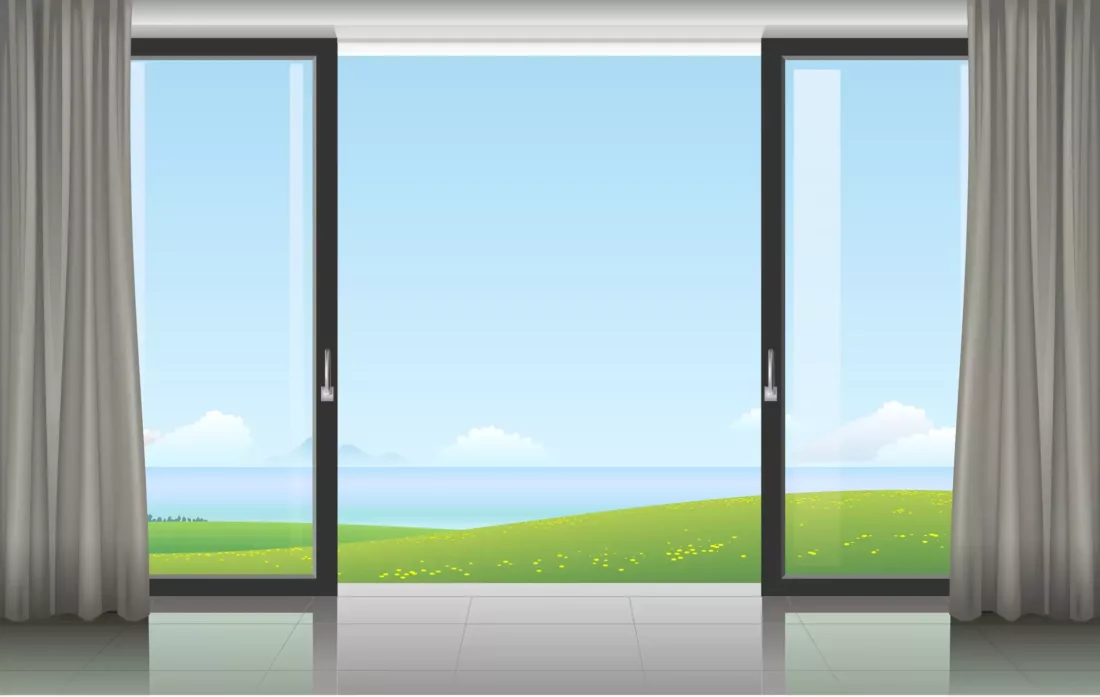
How Are Aluminium Windows and Doors Made?
The profile of this metal is unique as it’s slim and incredibly robust. For external openings, the material goes through an extrusion process, which deforms it by being forced through a die. It is then cast into the profile chosen for your aluminium windows and doors.
An automated process is used to create these metal objects, which is useful for large quantities. This means similar volumes can be produced, like with plastics, such as uPVC. For complex designs with various components, extrusion can still be used, giving you plenty of options to choose from.
Colouring Options
Just like how you have various colour options for uPVC windows, aluminium has the same choice. The colouring process is slightly different, as the metal needs to be powder coated instead. Spray powder is applied to the surface and sticks through a static charge, before being cured in high temperatures. This can make them last longer.
Thanks to advances in technology, window manufacturers can offer aluminium windows and doors in any colour you’d require. RAL codes are typically used to give a perfect colour match, offering an almost limitless number of choices to match any property.
Advantages and Disadvantages of Aluminium
With aluminium being the most abundant metal in the Earth’s crust, there’s multiple uses that it can be put to, not just making aluminium windows and doors. These high quality products are thermally efficient, but come at a higher price.
Pros

Long lifespan
Lightweight
Recyclable
Strong
Corrosion resistant
- Aesthetically pleasing
Able to last around 40 years, aluminium can outlast other inferior materials. It’s light, so it doesn’t put as much strain on the property like other products. This is incredibly useful for triple glazing, which is much heavier. Additionally, metal can be recycled without any quality degradation, making the material 100% recyclable and environmentally friendly. At the end of their useable life, aluminium windows and doors can be repurposed.
Even though the material is lightweight, it is still strong enough to maintain security for your home. As a metal oxide coats the outside, it adds a level of protection that prevents corrosion, although this is less effective in coastal areas. Finally, the pleasing uniformity of aluminium windows and doors offers colours, patterns and designs to suit any home.
Cons
Quick to corrode in coastal areas
More prone to condensation
On the downside, coastal areas can quickly corrode aluminium windows and doors. This is because of the presence of salty air and the proximity to coastal winds and storms. It just means that any protective oxide coating needs to be reapplied more frequently than other inland areas.
Similarly, as metal is a good conductor of heat, aluminium is affected by cold temperatures more than other materials. This makes it more susceptible to condensation forming on the frames. Additional cleaning and maintenance needs to be completed periodically with aluminium windows and doors in the colder months.
How Much Do Windows and Doors in Aluminium Cost?
Compared to other options on the market, aluminium tends to be on the more expensive side. Despite this extra cost, the additional benefits you receive can make the price more worthwhile. Better quality materials will always have a better payoff, and you can receive this when choosing aluminium windows and doors.
The average cost of a single aluminium window is £475, according to Checkatrade, but they can set you back £600 or more. This does depend on which style you go for and how large your windows need to be. The cost of your aluminium windows and doors will depend on your property size, where you live and which type of glazing you opt for. Any special window handles or mechanisms will also increase the price.
You can see typical costs for aluminium windows and doors in the interactive graph below.
Unless you’re only replacing one or two windows, you’ll find that doors will cost less. Aluminium windows and doors are more expensive than uPVC and composite alternatives, but they can last over 40 years, which saves you paying out more frequently.
Maintenance Involved
Perhaps one of the easiest materials to look after, the only maintenance required of aluminium windows and doors is the occasional wipe down with a soft, clean cloth. A mild detergent can also be used for persistent grime, but the material’s protective coating should prevent stains and dirt from building up.
If you have any sliding components on your external openings, the runners and door track should be cleared every so often to allow for free movement. Pet hair, stones and various materials can get stuck here, but the brush attachment on a vacuum cleaner can quickly remedy this.
Unlike timber and uPVC, aluminium doesn’t warp or discolour over the years. If the colour needs to be refreshed, you can simply use warm water and a non-abrasive detergent.
Aluminium vs uPVC
Two of the most popular options on the market are aluminium and uPVC. For the sake of comparison, it’s worth understanding how these materials differ.
Price

The cheaper option is uPVC, as plastic is incredibly quick and easy to manufacture. Even though aluminium is incredibly abundant, the higher cost of raw materials and manufacturing processes justifies them being more expensive. Despite this, aluminium windows and doors can last longer, often double the length of time uPVC will. This can give you better value by not having to replace them as often.
Efficiency
Both uPVC and aluminium windows are energy efficient, but in different ways. uPVC isn’t susceptible to temperature shocks as much as aluminium is, but aluminium windows feature a polyamide thermal break. This is basically a fancy way of saying there’s a separate material between the insides and outsides of the window frames. It acts as a thermal insulator to stop heat transfer, and from losing the warm temperatures inside your home.
Security
Even though uPVC is the bulkier material, aluminium windows and doors are more secure. Stronger, lightweight and able to be completed with various lockable mechanisms, they offer a safer environment for your home that you can rely on.
Installing New Windows and Doors
As a big investment, installing new external openings is no small decision. Even if you’re not looking for aluminium windows and doors, it’s good practice to receive at least three quotes from different suppliers. Make sure you’ve thought about the different glazing options available to maximise your energy efficiency, and check the length of any guarantees and warranties on offer.
It’s also worth considering the reviews and reputations of different suppliers. Take a look at the best double glazing companies to see which one you might choose. Alternatively, click on the button below to receive quotes from local suppliers.
Related articles
View all Glazing articles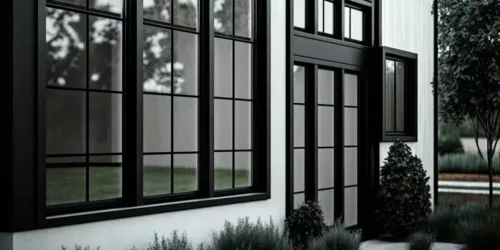
How Much Would It Cost to Double Glaze a 3 Bedroom House?
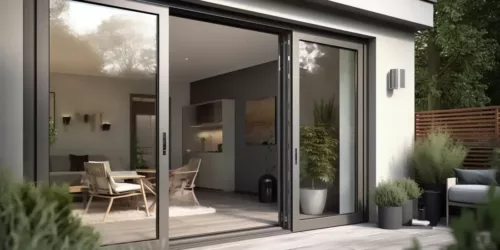
A Complete Guide to Double Glazing Doors

Replace Your Double Glazed Unit - A Useful Guide
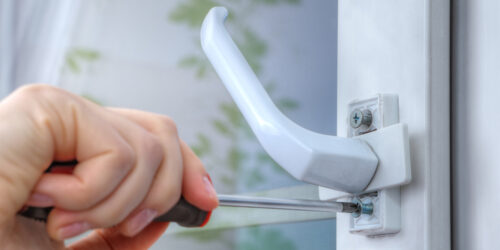
Double Glazing Repairs – All You Need to Know
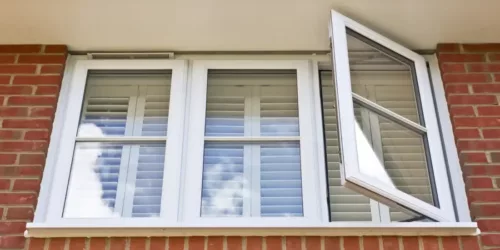
Trickle Vents in Windows: Are They Still Needed?

Energy Efficient Windows: A Guide To Better Window Energy Efficiency
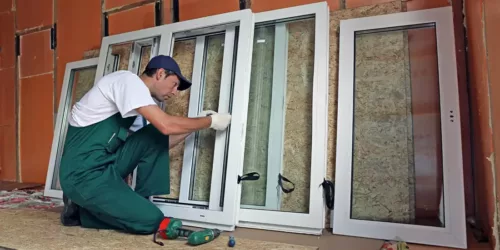
Double Glazing Repair – Is It Worth It?
